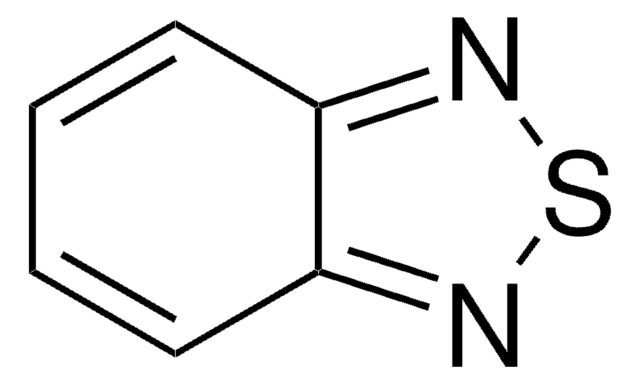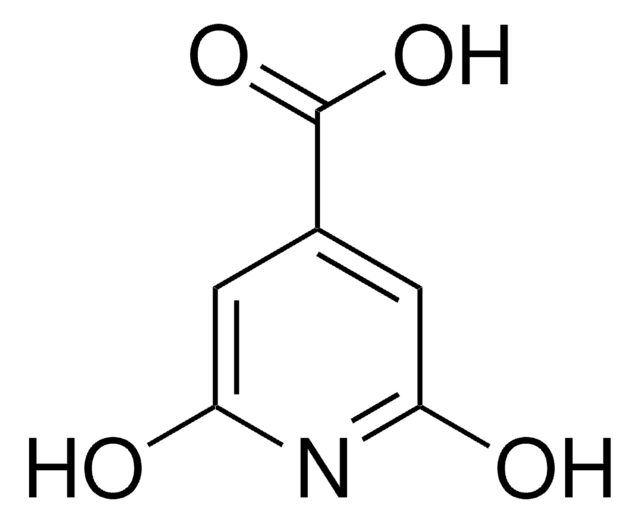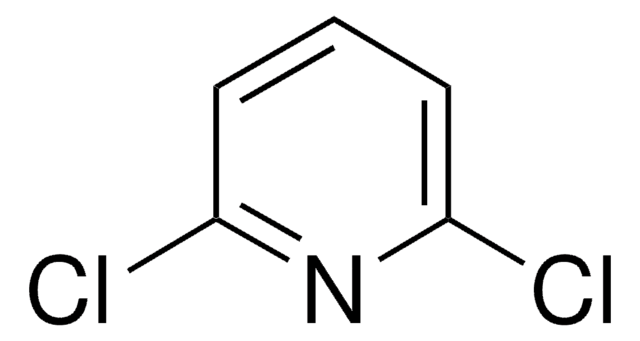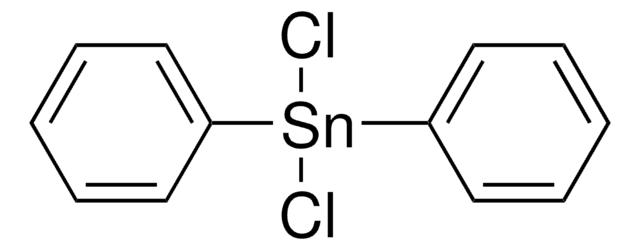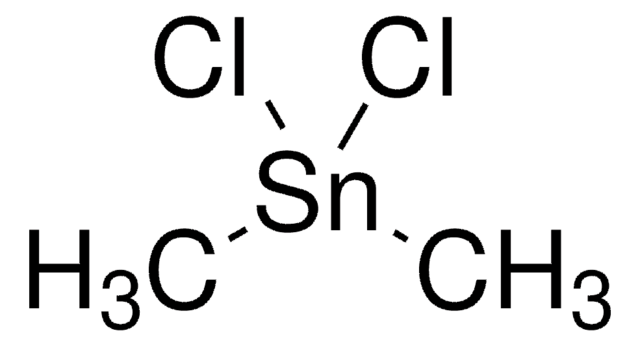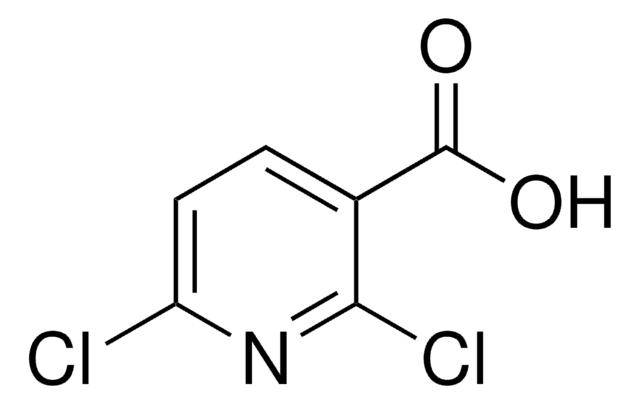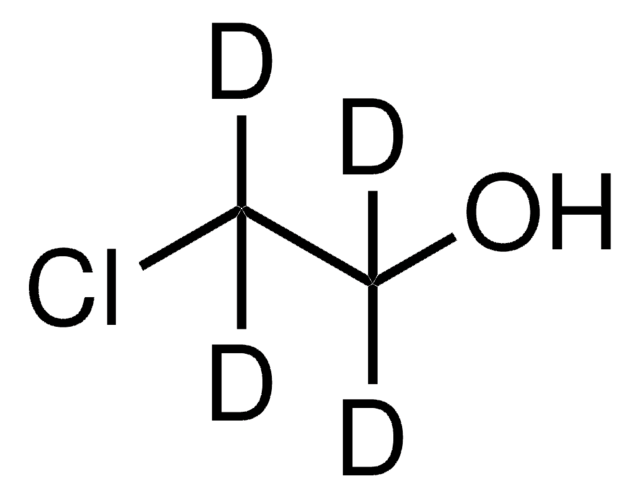Alle Fotos(1)
Wichtige Dokumente
456543
2,6-Dichlorpyridin-4-carbonsäure
98%
Synonym(e):
2,6-Dichlorisonicotinsäure
Anmeldenzur Ansicht organisationsspezifischer und vertraglich vereinbarter Preise
Alle Fotos(1)
About This Item
Empirische Formel (Hill-System):
C6H3Cl2NO2
CAS-Nummer:
Molekulargewicht:
192.00
MDL-Nummer:
UNSPSC-Code:
12352100
PubChem Substanz-ID:
NACRES:
NA.22
Empfohlene Produkte
Qualitätsniveau
Assay
98%
Form
solid
mp (Schmelzpunkt)
209-212 °C (lit.)
Funktionelle Gruppe
carboxylic acid
chloro
SMILES String
OC(=O)c1cc(Cl)nc(Cl)c1
InChI
1S/C6H3Cl2NO2/c7-4-1-3(6(10)11)2-5(8)9-4/h1-2H,(H,10,11)
InChIKey
SQSYNRCXIZHKAI-UHFFFAOYSA-N
Verwandte Kategorien
Signalwort
Warning
H-Sätze
Gefahreneinstufungen
Eye Irrit. 2 - Skin Irrit. 2 - STOT SE 3
Zielorgane
Respiratory system
Lagerklassenschlüssel
11 - Combustible Solids
WGK
WGK 3
Flammpunkt (°F)
Not applicable
Flammpunkt (°C)
Not applicable
Persönliche Schutzausrüstung
dust mask type N95 (US), Eyeshields, Gloves
Hier finden Sie alle aktuellen Versionen:
Besitzen Sie dieses Produkt bereits?
In der Dokumentenbibliothek finden Sie die Dokumentation zu den Produkten, die Sie kürzlich erworben haben.
Michael Dalgaard Mikkelsen et al.
Plant physiology, 131(1), 298-308 (2003-01-17)
Glucosinolates are natural plant products that function in the defense toward herbivores and pathogens. Plant defense is regulated by multiple signal transduction pathways in which salicylic acid (SA), jasmonic acid, and ethylene function as signaling molecules. Glucosinolate content was analyzed
The preparation of pyridine-4-carboxylic acid and of piperidine-4-carboxylic acid by catalytic reduction of 2, 6-dichloropyridine-4-carboxylic acid.
Wibaut JP.
Rec. Trav. Chim., 63(7), 141-146 (1944)
J M Manners et al.
Plant molecular biology, 38(6), 1071-1080 (1998-12-30)
The plant defensin PDF1.2 has previously been shown to accumulate systemically via a salicylic acid-independent pathway in leaves of Arabidopsis upon challenge by fungal pathogens. To further investigate the signalling and transcriptional processes underlying plant defensin induction, a DNA fragment
A Guo et al.
The Plant journal : for cell and molecular biology, 15(5), 647-656 (1998-10-21)
A clone encoding a putative soluble epoxide hydrolase (EH-1), an enzyme which converts epoxides to diols, was isolated by differential screening of a cDNA library prepared from tobacco mosaic virus (TMV)-infected tobacco leaves. To confirm that EH-1 encodes an epoxide
European Journal of Organic Chemistry, 22, 4445-4449 (2003)
Unser Team von Wissenschaftlern verfügt über Erfahrung in allen Forschungsbereichen einschließlich Life Science, Materialwissenschaften, chemischer Synthese, Chromatographie, Analytik und vielen mehr..
Setzen Sie sich mit dem technischen Dienst in Verbindung.